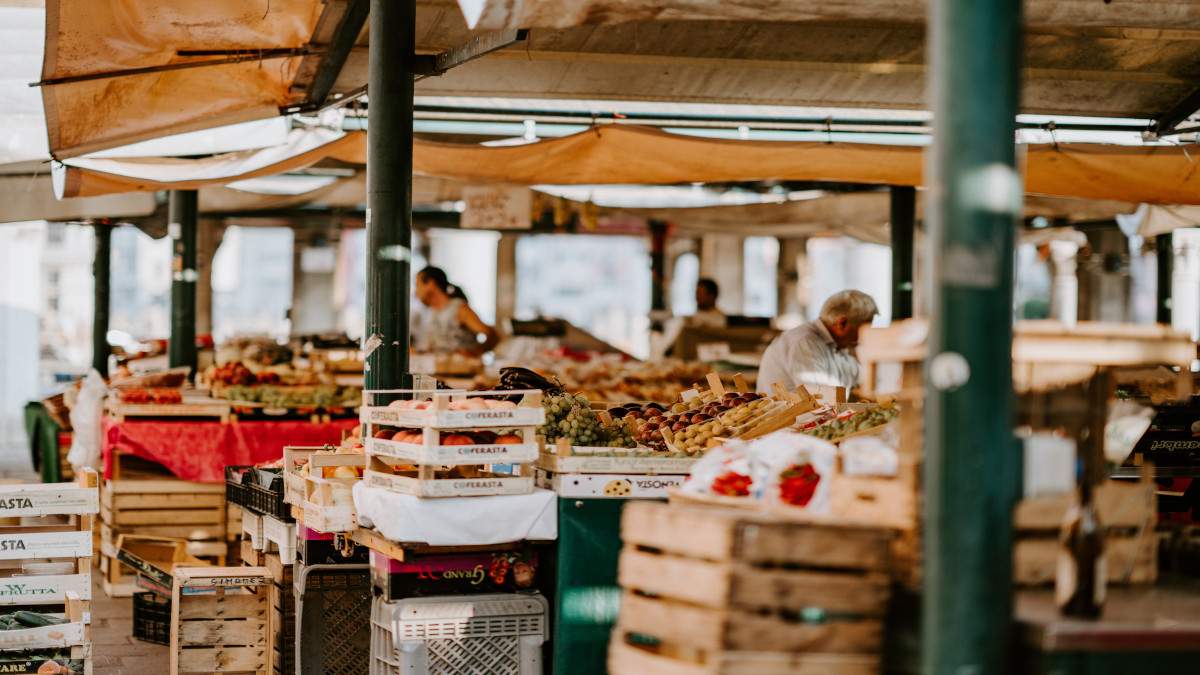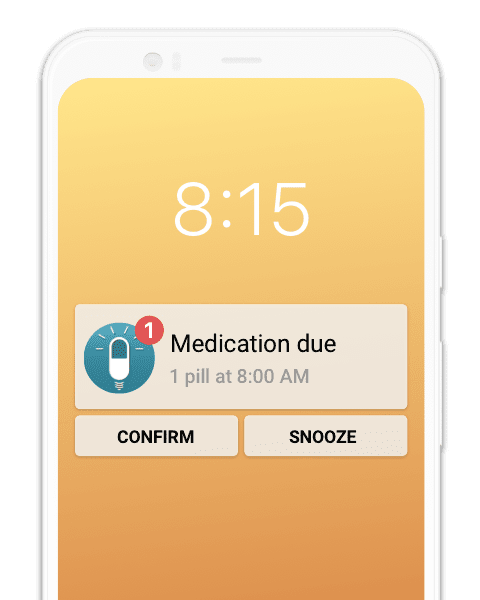Anaemia is a condition in which the human body lacks enough healthy red blood cells to carry a sufficient level of oxygen to the different tissues of the body.
Anaemia is a condition in which the human body lacks enough healthy red blood cells to carry enough oxygen to the different tissues of the body.
Symptoms of anaemia vary depending on the cause and severity of the anaemia. Some of the most common are:
- Fatigue
- Weakness
- Pale skin
- Shortness of breath - especially on exertion
- Dizziness or fainting
- Chest pain
- Cold hands and feet
- Headaches
These symptoms can gradually progress and potentially worsen.
How much iron do you need per day?
To avoid anaemia, we need to maintain optimal iron levels and to achieve this there are recommended daily amounts. These amounts vary according to age, gender and other special circumstances. They are approximately as follows:
- Babies from 0 to 6 months: 0.27 mg/day. Babies have reserves of months acquired during pregnancy up to about 6 months of age.
- Babies from 7 to 12 months: 11mg/day.
- Children from 1 to 3 years: 7mg/day
- Children from 4 to 9 years: 10 mg/day
- Males from 10 to 18 years: 11 to 15 mg/day
- Males from the age of 19: 10 mg/day
- Women aged 10 to 50 years: 10 mg/day
- Women over 50 years of age: 27 mg/day
- Pregnant and breastfeeding women: 18-27 mg/day
Iron-rich foods for anaemia
Be sure to add these foods to your regular diet that will help with iron deficiency:
1. Pulses
Pulses are high in iron, potassium and folic acid. Most pulses can be used in a very versatile way: for example, in hot dishes in winter and in salads during the summer. Lentils and soya contain more iron than any other legume.
Pulses are a basic pillar of the Mediterranean diet and experts recommend eating 3-4 portions a week.
2. Spices
Surprisingly enough, spices top the list of foods with the highest iron content. They are also high in dietary fibre, which is very important for health.
However, due to their high iron content, when it comes down to it, they are not our main suppliers of iron as we consume them in small quantities. But it is always a good idea to have them in the kitchen and use them whenever possible to spice up the flavour of our dishes in a healthy way.
3. Fish and seafood
Fish is a source of iron that many people overlook when they are diagnosed with anaemia. Eating fish is a great alternative to eating red meat that provides a wide range of health benefits. Fish causes a decrease in red blood cell count, which is attributed to an insufficient amount of iron in the human body. In addition to combating anaemia, fish also provides vitamin B12, which is essential for the human body.
Seafood is also particularly rich in minerals such as iron, phosphorus and iodine. The shellfish that contain the most iron are mussels, clams and cockles.
4. Quinoa and oats
Cereals are a great nutritional source. The ones that contain the most iron are whole and unrefined cereals. Within this category, quinoa and oats are known to be important.
These two cereals are highly recommended and have become popular in recent years. In addition to being rich in iron, these two foods are rich in protein, magnesium and copper.
To maximise the benefits, experts recommend consuming them with orange juice or lemon juice, which will provide vitamin C. Another food that has become popular in recent years is chia seeds, a source of protein and quality fat for the body. They also have a high concentration of iron.
5. Vegetables
Certain vegetables have surprisingly equal or more iron than meat and its processed derivatives.
Some of them are:
- Broccoli: is a nutrient-packed food. Apart from iron, it contains magnesium, vitamin C and vitamin K. Thanks to the combination of iron and vitamin C, iron absorption is better.
- Spinach: dark green leafy vegetables, especially spinach, are a natural source of iron.
- Kale: also called kale is an incredible source of iron, vitamins A, C and K.
- Chard: one cup of Swiss chard contains more iron than a hamburger patty.
Here's a article that we think you might be interested in:



